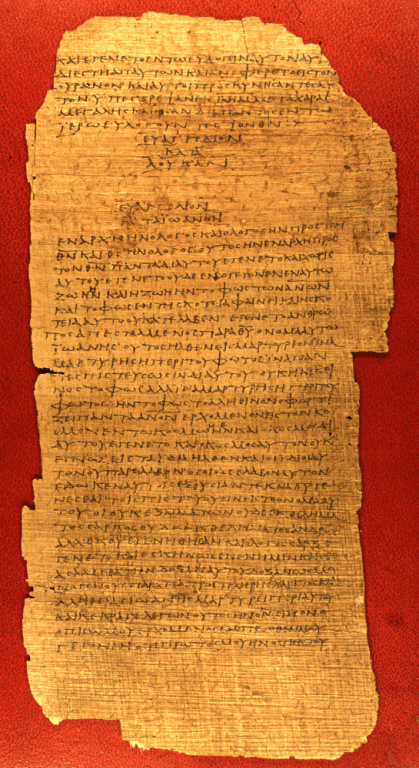Here is another helpful post by Larry Hurtado on the work of Eldon Epp.
Epp on Historical Impact of NT Manuscripts
by larryhurtado
In a recently-published essay, Eldon Epp gives a fascinating and detailed account of the initial scholarly engagement with major NT codices in the 18th-19th centuries: “Codex Sinaiticus: Its Entrance into the Mid-Nineteenth Century Text-Critical Environment and Its Impact on the New Testament Text,” in Codex Sinaiticus: New Perspectives on the Ancient Biblical Manuscript, eds. Scot McKendrick, David Parker, Amy Myshrall, Cillian O’Hogan (London: British Library; Peabody, MA: Hendrickson, 2015), 53-89.
The essay is trademark Epp: incredibly well-researched and detailed, fully documented, data-rich, and with a fascinating story-line. (Epp was my PhD supervisor all those many years ago, and he was then and remains exemplary for me in the quality of his published work.)
He starts with the appearance and early use of Codex Bezae Cantabrigiensis (Codex D; 05), which began in the mid-16th century. Then, he recounts the appearance on the scene of Codex Alexandrinus (Codex A; 02), which was presented to the English king by the patriarch of Constantinople in 1621, and how this manuscript (in contrast to Codex Bezae) “was utilized extensively and commanded high respect” among scholars.
Next, Epp recounts the intricate and “long and winding road” of scholarly efforts to gain access to Codex Vaticanus (Codex B; 03), from initial references to it in 1481, on to the appearance of full editions of the manuscript in the 19th century (including an early photographic facsimile in 1889). Epp also relates the unsettling impact of Codex Vaticanus, especially on Richard Bentley’s planned project to produce a comprehensive critical edition of the NT: “…Codex Vaticanus, a premier manuscript for text-critical work ever since its full availability, became the death knell for the most ambitious and systematically order project of early modern times . . .” (64).
Then, in the context of the impact of these manuscripts, Epp turns to the appearance of Codex Sinaiticus (Codex א) in the mid-19th century. Of course, Tischendorf is the well-known figure who brought the manuscript into scholarly study, although the way he did so continues to excite controversy. The key finding for text-critical purposes, however, was the significant alignment of Sinaiticus with Codex Vaticanus (although, as Epp recounts, this is not consistent through all NT writings). But these two manuscripts served as the major Greek witnesses in what became influential editions of the Greek NT, especially, of course, Westcott & Hort’s 1881 edition.
Epp finishes up with a brief notice about the subsequent impact of key NT papyri, especially the Chester Beatty papyri and also the Bodmer cache, with special attention to the impact of P75 on estimates of the age and nature of the kind of text found in Codex Vaticanus. On the widely-accepted date of P75 (early 3rd century CE), this kind of text is shown to be far earlier than Vaticanus, likely taking us back into the 2nd century (but cf. Brent Nongbri’s recent questioning of the dating of P75 noted here, and Orsini’s revised dating noted here).
Along the way, Epp serves up lots of details of the many individual scholars who studied these manuscripts, such as the sometimes-tense relationship between Tischendorf and Tregelles. He includes an appendix of data about the six manuscripts surveyed, when they each became known, used, collated or published, and another appendix listing critical editions and scholars in NT textual criticism, from Erasmus to Westcott & Hort. The essay displays the sort of detailed knowledge of the history of NT textual criticism for which Epp is now probably the master-figure.












